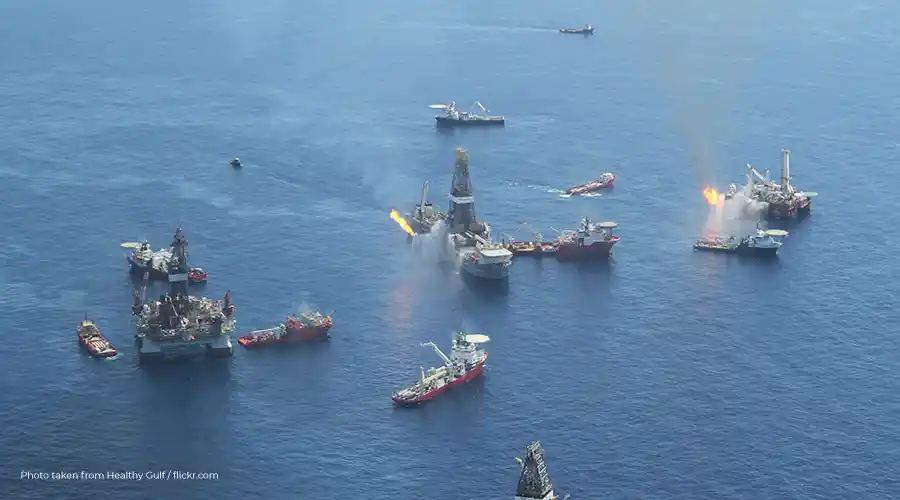A couple of months ago, the world celebrated the fourth anniversary of the latest environmental disaster caused by an accidental oil spill. The Macondo Blowout, also called the BP Oil Spill, or Deepwater Horizon Incident, is the new jargon in the vocabulary of those who care about things like this. The last time the entire world stood up to take notice of an oil spill was way back in 1989 when Exxon Valdez was plastered all over the newspapers. For an entire generation, the Bligh Reef incident in Prince William Sound, Alaska, was the worst that could happen. But with the Macondo Blowout we now know that the petroleum industry has a lot of growing up to do when it comes to preventing and cleaning up after accidents that it cannot stop from happening.
Strict safety measures are even more important now
In the official explanation of the oil rig explosion, British Petroleum experts revealed how the pressurized methane from the oil well had escaped from the shafts and caught on fire at the surface. What they failed to mention was that if proper security measures had been followed this explosion could have been averted. Subsequent investigations also found out that the cement casing on the well rig was faulty and BP and the rig’s owner – a company called Transocean – were blamed for this. Much mud throwing later, what remains is the fact that security measures cannot be trifled with at any cost, especially when it comes to high-risk operations like this.
We need to be better prepared to face similar accidents
Even after Exxon Valdez there were no proper measures in place to contain and clean up the oil spill that resulted from the Macondo explosion. For the first two days while the rig was on fire nobody even knew or cared about the fact that there must be huge amounts of oil leaking from the sunken well. It was only after the fire died that news crews picked up on the floating oil and the clean-up efforts were started. But an exploded oil well that leaked oil at the rate of nine thousand gallons a day stumped even the best of experts. Most of the methods used in cleaning up the oil spill were at best ‘experimental’, and are sure to leave lasting effects. The amount of Corexit dispersant used to disperse the thick oil slicks, for instance, has been found to have increased the toxicity of the tainted water by up to 52 times.
It is never really over
In September 2010, the oil well at Macondo was declared to be ‘effectively dead.’ However, oil has continued to leak from the sunken well and the last reports of an oil slick was made as recently as January 2013. The wildlife of the Gulf region too has suffered long term effects with stranded turtles and sick dolphins making headlines every other day. Four years later, it is still a fight and for the wildlife in the region the nightmare isn’t over yet. We now understand that cleaning up oil spills is a task that goes on long after the last skimmer has gone home. Nature may bounce back eventually, but as responsible human it is our duty to clean up after ourselves and give Nature a fighting chance.


